This feature is part three of our November 2019 cover story, ‘The Borderlands: Dispatches from the Edge of China.’ To read more interesting stories from the edge of China, click here.
When we arrive at the border post in Mohan, on the Chinese side of the China-Laos border, it is well after dark. The hustle and bustle of daily foot and vehicle traffic has slowed, and only a handful of women linger around outside the customs checkpoint, hawking SIM cards and offering currency exchange services.
And while the buzz of cross-border commerce and trade seems to have slowed by 8.30pm, a duty-free shop remains open, as does a large building packed with vendors selling jade jewelry and hand-carved wooden furniture. There are no customers though, just us.
Clearing Chinese customs is relatively quick, with the border agent asking the regular questions before stamping our passports and pointing us in the direction of the entry checkpoint for the Lao People’s Democratic Republic (LPDR).
On the 200- to 300-meter walk to the next checkpoint, it becomes abundantly clear that we’re on the frontier. There are no street lights, and dense jungle-y shrubbery abuts the pothole-stricken, occasionally unpaved road. Cell phone flashlights are essential.
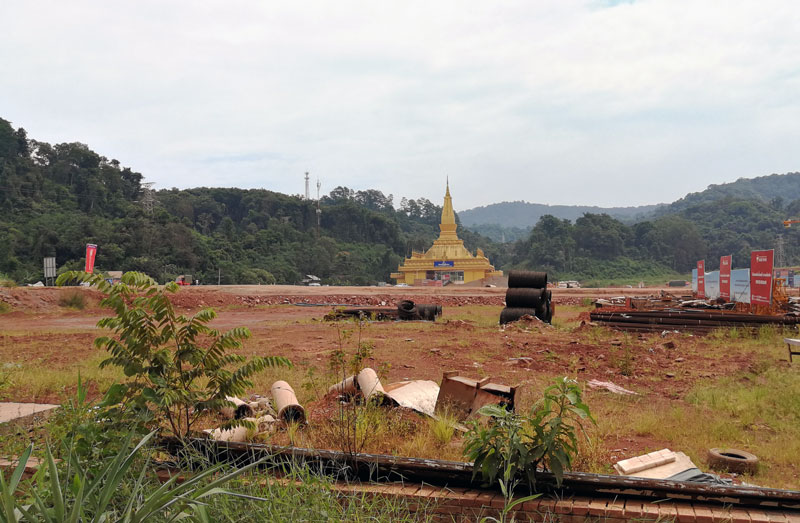
The golden, stupa-shaped customs hall at Boten, Laos. Image by Matthew Bossons/That’s
Customs clearance on the Laos side is comparatively different: The clean and shiny customs hall, airport-style bag scanners and facial recognition tech we experienced leaving China are notably absent. Instead, we are greeted by a dimly-lit, musty customs hall and seemingly disinterested border agents. (The customs officers are so lax, in fact, that they actually let us walk back through the customs checkpoint after already entering Laos – to retrieve a forgotten bottle of duty-free vodka, of course.)
Outside the customs hall, which is ornately shaped like a giant golden stupa, we discover that it’s even quieter than on the Chinese side. No hawkers, money changers or motor taxis, just a long, dark dirt road leading to the Laos border town of Boten.
Big things are happening in Boten, and it may very soon be difficult to refer to the settlement as a ‘town.’ Declared a ‘Specific Economic Zone’ (SEZ) in 2003, Chinese businesses have moved in to help develop the area as part of Chinese President Xi Jinping’s Belt and Road Initiative.
READ MORE: The Communist Divide: Cruising the China-North Korea Border

Construction sites visible from a hotel in Boten. Image by Matthew Bossons/That’s
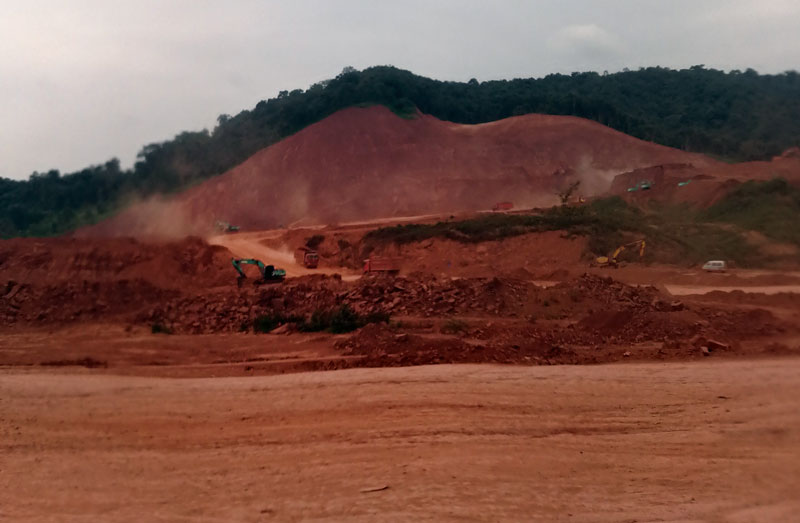
Land clearance on the outskirts on Boten. Image by Matthew Bossons/That’s
Considered a piece of President Xi’s flagship infrastructure project, Boten will become the first stop inside Laos along the Laos-China railway network, which will connect Kunming to the Laotian capital of Vientiane. The route will be part of the Kunming–Singapore Railway, otherwise known as the Pan-Asia Railway Network, and is expected to eventually link China to all of mainland Southeast Asia. It is currently anticipated that the Lao section of the transportation network will be completed in 2021.
But there’s more to Boten than railway construction; Chinese-financed hotels, apartment complexes and tourist attractions – including a jungle park and ‘ancient city,’ are all planned or currently under development, according to promotional brochures from Yunnan Haicheng Group, the SEZ’s main developer.
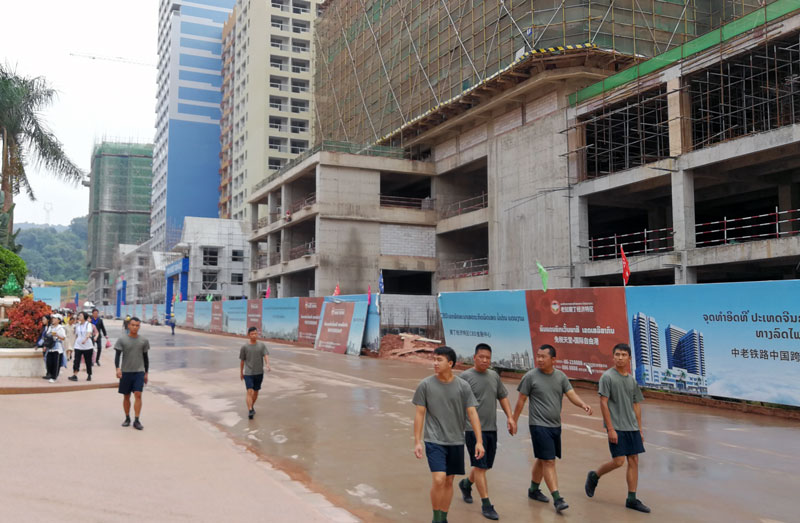
Migrant workers from China in Boten. Image by Matthew Bossons/That’s
As a result of the ongoing construction work, “80% of Boten’s current population is Chinese,” estimates a local bar owner we speak with, who originally hails from Xi’an.
While there are a number of hotels scattered around the growing town center, the one we end up in is new, fancier than we’re used to and clearly catering to Chinese visitors. Check-in staff are Chinese and rooms are paid for in renminbi. The only Laotian people we encountered in the hotel were working in the deserted breakfast buffet restaurant, which served – you guessed it – Chinese food.
Until 2011, Boten was a certifiable casino boomtown, with gambling halls, brothels, KTVs and nightclubs
The morning after our arrival, we set out to explore the SEZ in the light of day. The scale of the development is unquestionably massive, with towering, half-built apartment blocks wrapped in scaffolding dotted around town. Surrounding Boten, a massive swath of clear-cut red earth is traversed by excavators, tractors and trucks – presumably preparing the next stage of the settlement’s building boom.
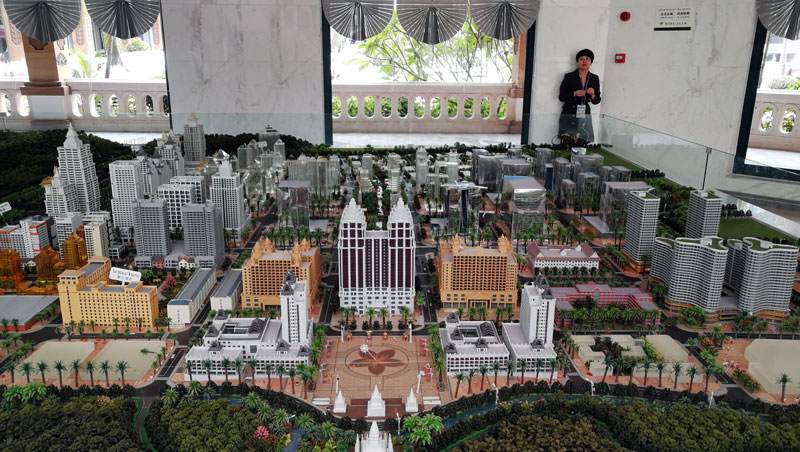
The Boten of the future, as envisioned by Yunnan Haicheng Group. Image by Matthew Bossons/That’s
During our galivant through town, we see the occasional group of Chinese tourists, and there are numerous small bars and Chinese restaurants catering to the visitors. But overall, there is still a slightly sleepy feel to Boten. It wasn’t always that way though.
Until 2011, Boten was a certifiable casino boomtown, with gambling halls, brothels, KTVs and nightclubs – all the trappings of a weekend getaway for cashed-up Yunnan residents looking for a walk on the wild side.
According to the New York Times, debauchery debuted in the city back in the early- to mid-2000s, when a company registered in Hong Kong signed a 30-year lease to develop the town into a tourist destination. This largely revolved around gambling, though, and by 2010 reports began to emerge that casino operators were locking up visitors who were unable to pay their debts. Government pressure mounted, and in 2011 the casinos were shuttered: Boten’s ‘betting boom’ had gone bust.
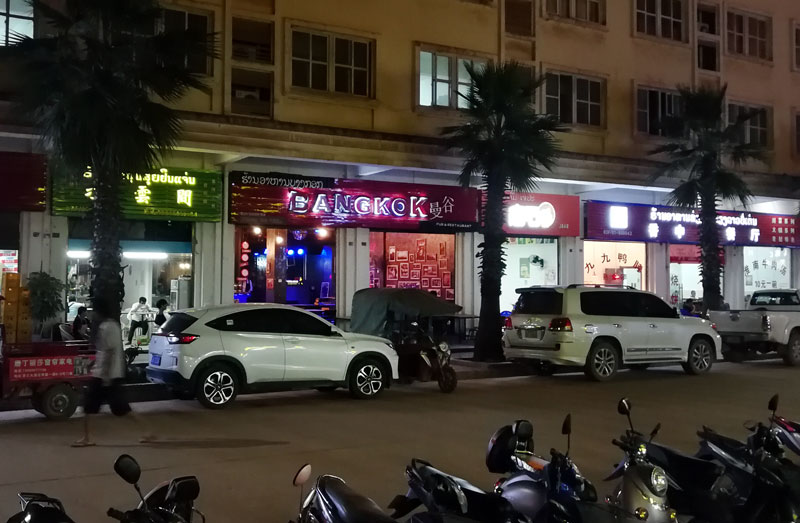
Bangkok bar in Boten. Image by Matthew Bossons/That’s
There are still signs of Boten’s seedier past today, in the form of a couple questionable drinking establishments, but there’s little doubt that Boten has moved on: We do not see a single slot machine on our visit and locals tell us the gambling is truly and fully done.
The future now: development. According to statistics from the Ministry of Planning and Investment of LPDR, a total investment of USD500 million has been made in the Boten Beautiful Land Specific Economic Zone (the region’s official name) and 100% of the development is being managed by Chinese firm Yunnan Haicheng Group.
In addition to tourism, sectors being developed include agriculture, livestock and manufacturing, as well as distribution logistics, telecommunications and public healthcare services.

A hotel in Boten that is popular with Chinese visitors. Image by Matthew Bossons/That’s

Hotel staff enjoying a morning dance. Image by Matthew Bossons/That’s
Like many before us who’ve traveled to Boten, our time eventually comes to leave – to the temples, night markets and waterfalls of Luang Prabang. We board a south-bound bus near the LPDR customs house, and as we cruise through town one last time, we can’t help but think that if we ever do return to this far-flung frontier town, it will likely be a very different place.
Enjoy this story? Click here to read more features from our November 2019 cover story, ‘The Borderlands: Dispatches from the Edge of China.’
[Cover image by Matthew Bossons/That’s]





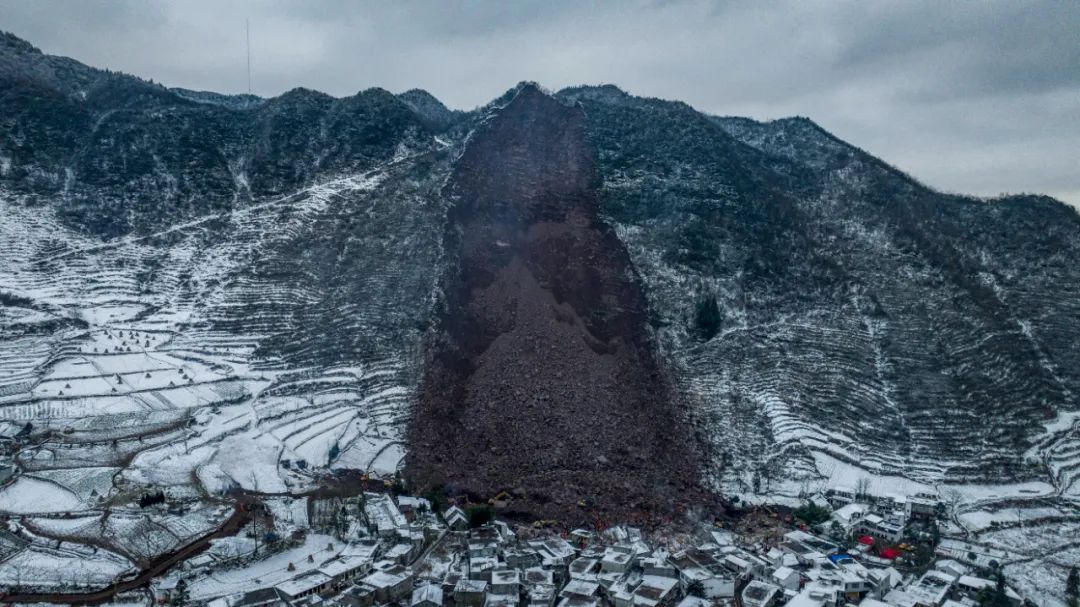
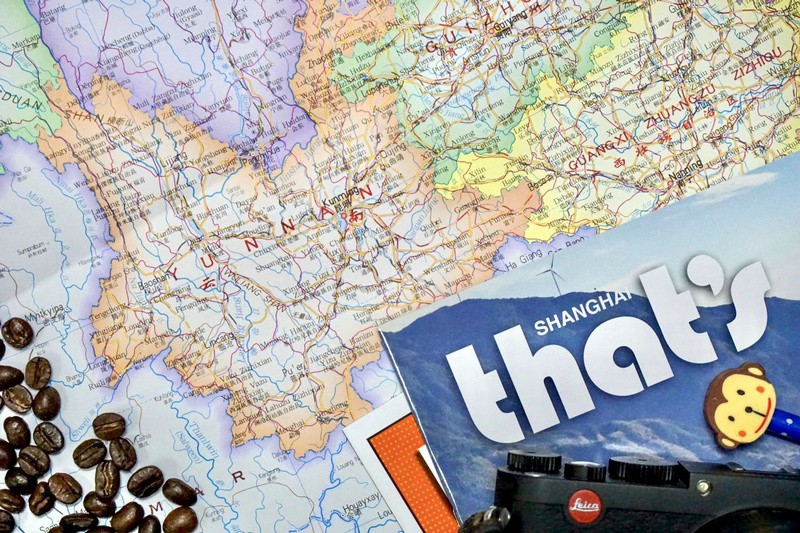
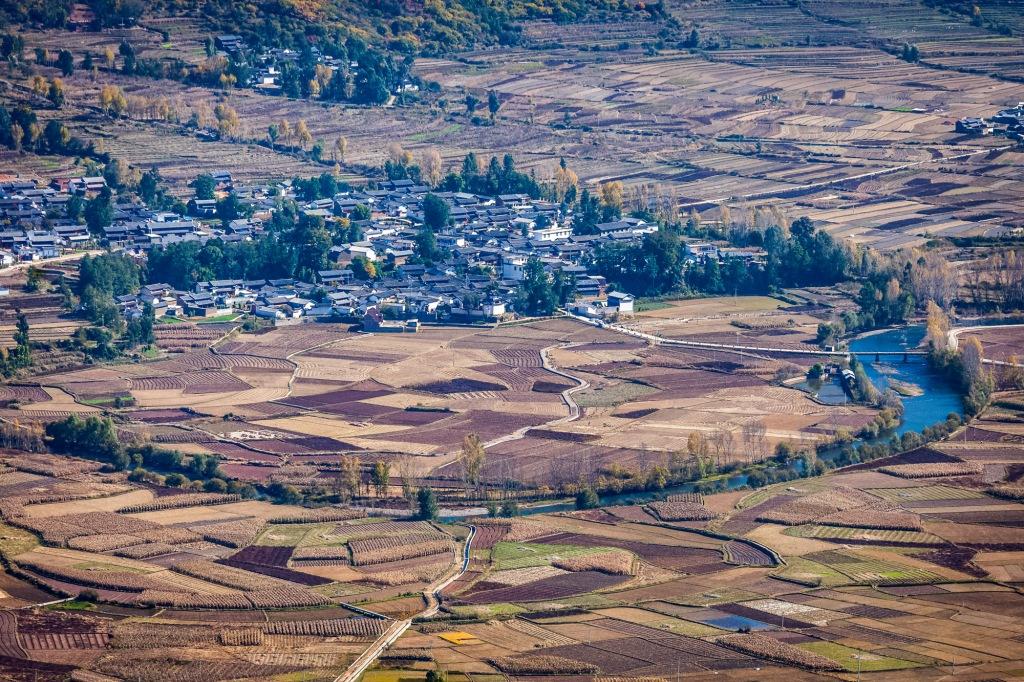














0 User Comments